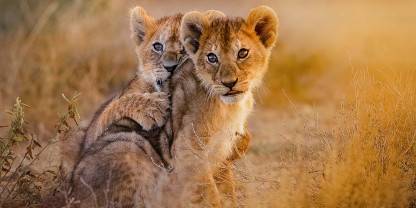
Climate Chart Ngorongoro Conservation Area – 1,027-3,522m / 3,369-11,555ft
The Ngorongoro Crater has a mild, temperate climate. The area experiences a Wet season with two rainy periods: the short rains from November to December, followed by the long rains from March to May. Rain usually falls in the form of short showers. The crater never gets very hot during the day, but the crater rim gets cold. Warm clothing for early morning is a necessity.
Dry Season June to October
There is lots of sunshine on the crater floor, but the rim is often covered in mist. It tends to be chilly and you’ll need warm clothing for game drives.
- June, July, August & September – Afternoon temperatures are usually around 19°C/66°F on the crater floor. Sunny, cloudless skies are normal. It gets cold at night, and it can freeze on the crater rim.
- October – It is usually sunny, but if the short rains arrive early, they could start in late October.
Wet Season November to May
It gets warmer during the day when compared to the Dry season, but mornings are still cold. Afternoon temperatures are usually around 23°C/73°F on the crater floor, while nighttime temperatures are around 6°C/43°F on the crater rim.
- November & December – 'Short rains' – These rains are highly unlikely to impact your safari as it won’t rain all day. Showers usually happen in the afternoon. The short rains last about one month and can occur anytime in November to December.
- January & February – It isn't possible to guess when it will happen with accuracy, but there is usually a time of dry weather between the rains.
- March, April & May – 'Long rains' – It often rains, but it rarely lasts the entire day. April and May could experience very chilly conditions due to cold fronts.

